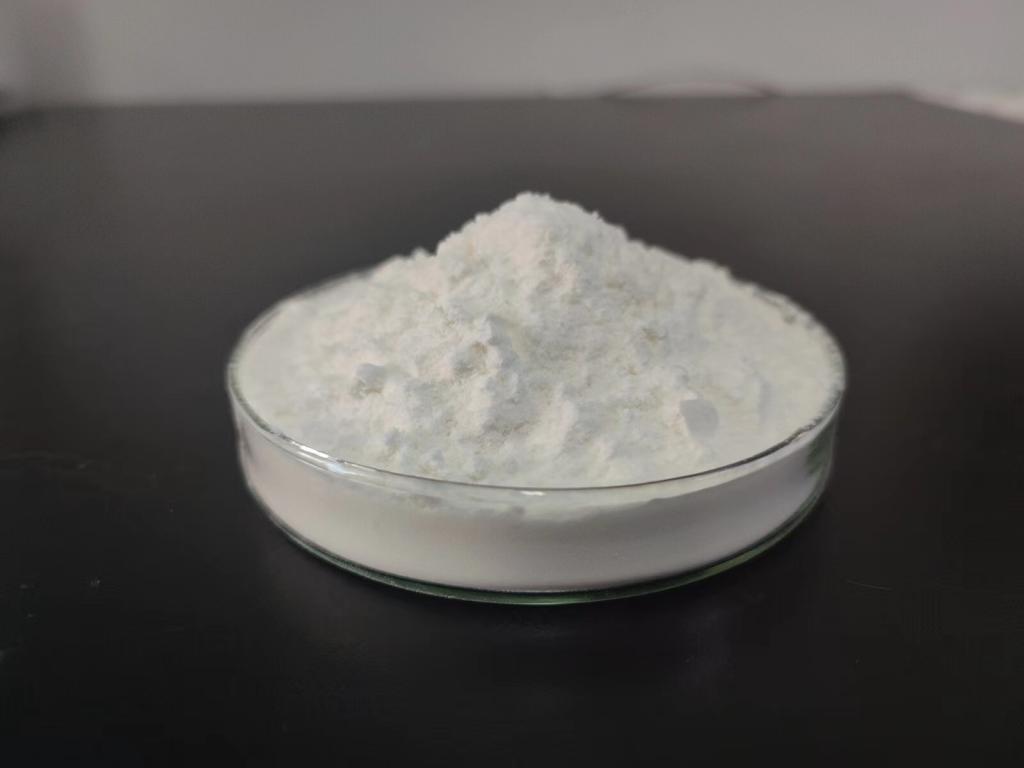Tel:+8618231198596

News
 CONTACT
CONTACT
 CONTACT
CONTACT
- Linkman:Linda Yao
- Tel: +8618231198596
- Email:linda.yao@dcpharma.cn
- Linkman:CHARLES.WANG
- Department:Overseas
- Tel: 0086 0311-85537378 0086 0311-85539701
News
ε-Polylysine Hydrochloride in Emergency Food Aid: Strengthening Food Security Globally
TIME:2023-12-15
1. Understanding the Challenges of Emergency Food Aid:
In times of crisis, whether due to natural disasters or conflicts, ensuring a stable and secure food supply becomes a formidable challenge. Traditional emergency food aid often faces issues related to contamination, spoilage, and limited shelf life. These challenges can exacerbate health risks for recipients and hinder the overall effectiveness of relief efforts.
2. The Potential of ε-Polylysine Hydrochloride:
ε-Polylysine Hydrochloride, derived from natural sources such as bacteria, has emerged as a promising antimicrobial agent. Known for its effectiveness against a broad spectrum of microorganisms, including bacteria and fungi, ε-Polylysine Hydrochloride has the potential to significantly enhance the safety of emergency food aid. Its use as a preservative can extend the shelf life of food items, reducing the risk of contamination and spoilage.
3. Mechanisms of Action:
Explore the mechanisms through which ε-Polylysine Hydrochloride acts as an antimicrobial agent. Discuss its impact on various microorganisms and how these properties contribute to preserving the integrity of food items during storage and transportation.
4. Case Studies:
Examine real-world examples where ε-Polylysine Hydrochloride has been successfully incorporated into emergency food aid programs. Highlight the positive outcomes in terms of improved food safety, extended shelf life, and enhanced overall efficacy of relief efforts.
5. Overcoming Challenges and Concerns:
Address potential concerns and challenges associated with the widespread adoption of ε-Polylysine Hydrochloride in emergency food aid. Discuss issues related to acceptance, cost-effectiveness, and potential side effects, providing insights into how these challenges can be mitigated.
6. Regulatory Considerations:
Explore the regulatory landscape surrounding the use of ε-Polylysine Hydrochloride in food products, especially in emergency aid scenarios. Discuss the importance of international cooperation and standardization to ensure the safety and effectiveness of this approach.
7. Future Perspectives and Research Directions:
Highlight potential areas for further research and development in the application of ε-Polylysine Hydrochloride in emergency food aid. Discuss the need for continued innovation and collaboration to address evolving challenges in global food security.
8. Conclusion:
Summarize the key findings and arguments presented in the article. Emphasize the potential of ε-Polylysine Hydrochloride as a game-changer in emergency food aid, contributing to strengthened food security on a global scale. Conclude with a call to action for increased research, investment, and collaboration in this critical area.
- Tel:+8618231198596
- Whatsapp:18231198596
- Chat With Skype







